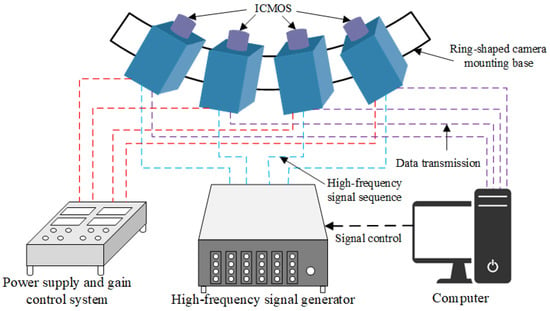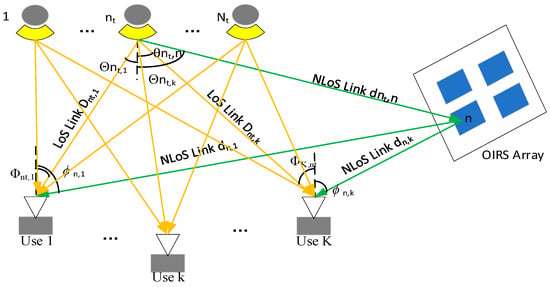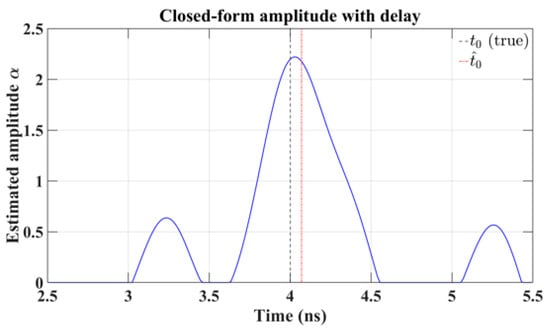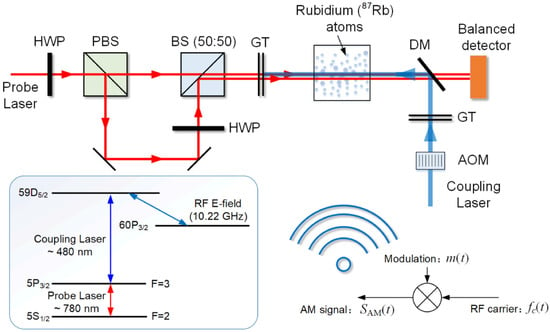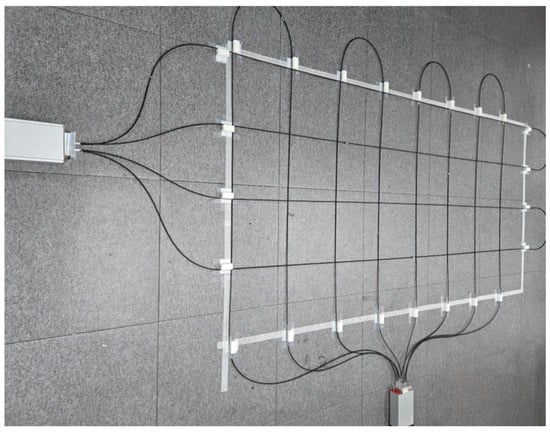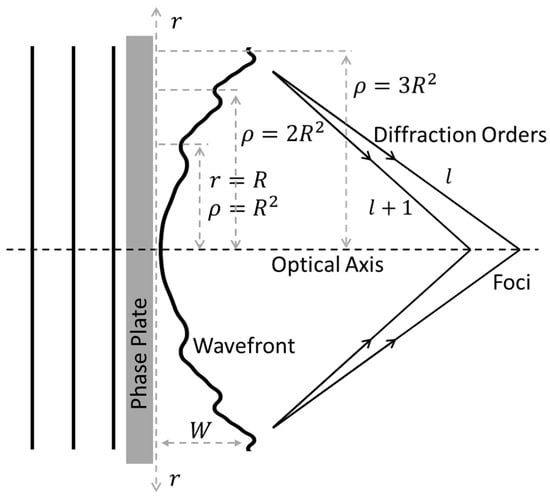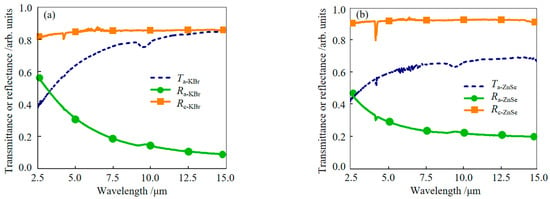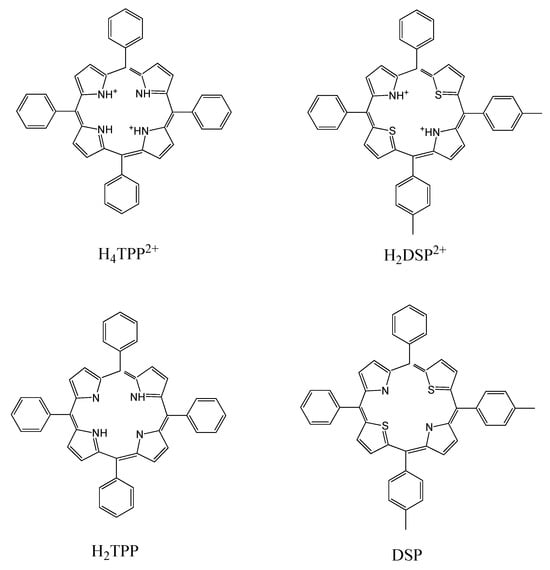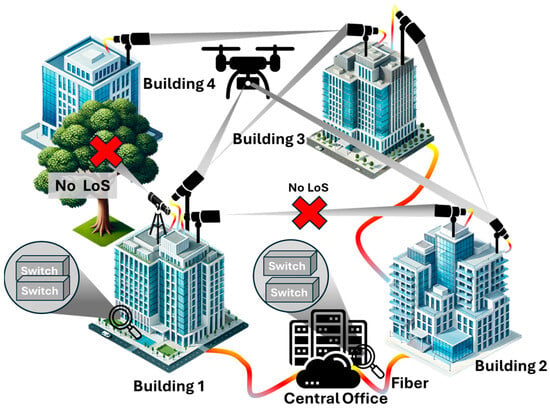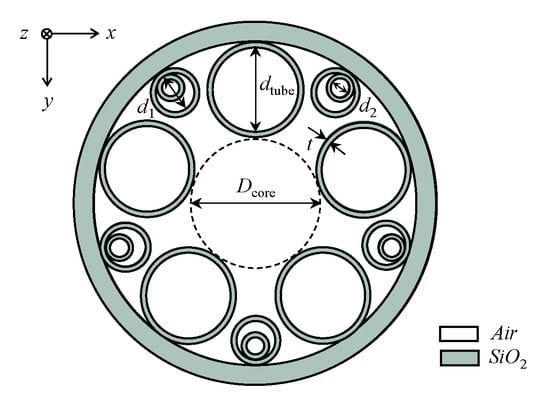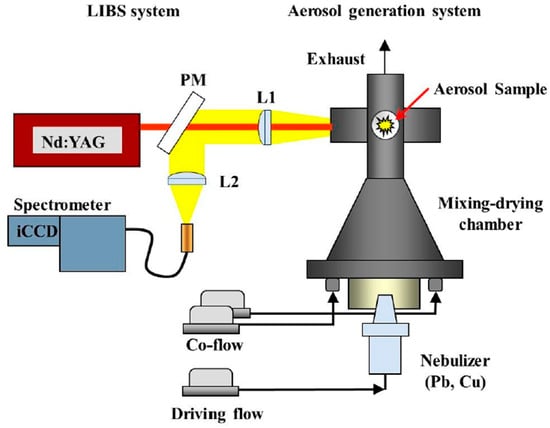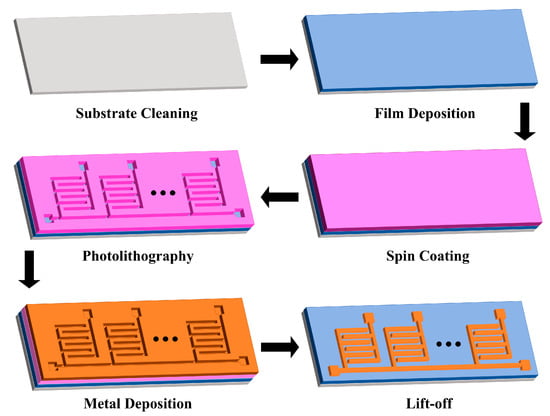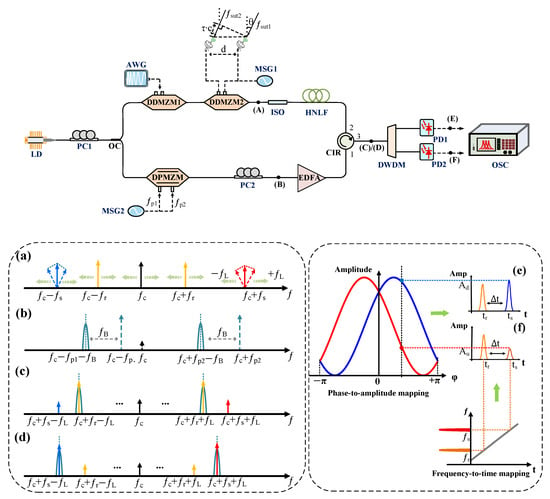-
 On the Feasibility of Localizing Transformer Winding Deformations Using Optical Sensing and Machine Learning
On the Feasibility of Localizing Transformer Winding Deformations Using Optical Sensing and Machine Learning -
 Quantum Interference of Spontaneous Emission and Coherent Population Trapping for a Quantum Emitter Embedded Within a Two-Dimensional Photonic Crystal
Quantum Interference of Spontaneous Emission and Coherent Population Trapping for a Quantum Emitter Embedded Within a Two-Dimensional Photonic Crystal -
 Reconfigurable High-Efficiency Power Dividers Using Waveguide Epsilon-Near-Zero Media for On-Demand Splitting
Reconfigurable High-Efficiency Power Dividers Using Waveguide Epsilon-Near-Zero Media for On-Demand Splitting
Journal Description
Photonics
- Open Access— free for readers, with article processing charges (APC) paid by authors or their institutions.
- High Visibility: indexed within Scopus, SCIE (Web of Science), Inspec, Ei Compendex, CAPlus / SciFinder, and other databases.
- Journal Rank: CiteScore - Q2 (Instrumentation)
- Rapid Publication: manuscripts are peer-reviewed and a first decision is provided to authors approximately 14.8 days after submission; acceptance to publication is undertaken in 1.9 days (median values for papers published in this journal in the first half of 2025).
- Recognition of Reviewers: reviewers who provide timely, thorough peer-review reports receive vouchers entitling them to a discount on the APC of their next publication in any MDPI journal, in appreciation of the work done.
- Companion journal: Lights.
Latest Articles
E-Mail Alert
News
Topics
Deadline: 31 December 2025
Deadline: 31 March 2026
Deadline: 30 April 2026
Deadline: 31 May 2026
Conferences
Special Issues
Deadline: 20 December 2025
Deadline: 20 December 2025
Deadline: 20 December 2025
Deadline: 20 December 2025



